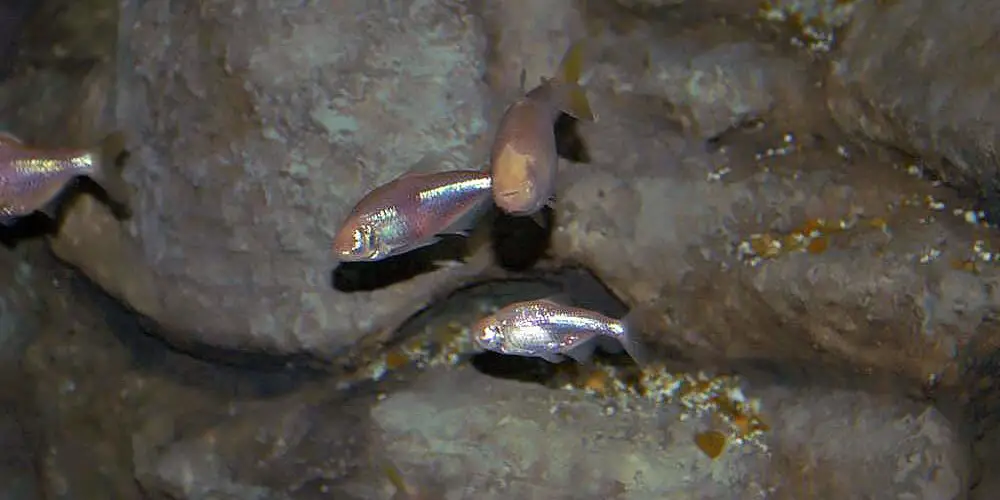


Maintaining the eye tissues and the optic nerves requires high amounts of metabolic energy. Instead, the absence of eyes helps them conserve their energy, as the food source is scarce in the caves. Since the habitat of the fish is a dark cave, the eye provides no visual advantage to the species.

Direct natural selection: This theory provides a simple explanation for the loss of the eye in the Mexican tetra.Though the one true explanation behind this mutation is not yet determined, there are currently three theories for regressive changes in the cavefish. Similarly, the cavefish lost its eyes and pigmentation due to the evolution of the species. The loss of the human tailbone is one such classic example. Some lose an ancestral characteristic to adapt to their changing environment. Why Does This Mutation Occur?Īll organisms have undergone and are still undergoing the evolutionary process. However, the extent of cellular and molecular mechanisms involved in this mutation is not yet completely understood. The blind cavefish (Photo Credit : Flickr) The over-expression of shh signals causes apoptosis of the lens and stops eye development. This imbalance results in the formation of smaller optic cups and longer optic stalks. These genes are responsible for determining the gap between the two eyes and the size of the optic cups. This causes an imbalance between the Pa圆, Pax2 and Vax1 levels. In the case of cavefish, an increase in levels of shh signaling is observed. Increased shh signaling leads to degeneration of the eyes, while a lack of shh signals leads to the formation of slightly larger eyes.

These genes play a critical role in tissue and organ formation during embryogenesis. It is responsible not only for modifications in eye development, but also for the forebrain of the cavefish.ĭuring early embryogenesis, the shh signals from the anterior midline of the neural plate decide the level of certain genes (Pa圆, Pax2 and Vax1). Shh is a powerful morphogen that controls the fate of cells in a developing brain. The wrong kind of sonic hedgehog (Photo Credit : Pixabay) The cavefish forms a small rudimentary eye for the first 24 hours of embryonic development, but soon after, the eye development arrests and starts the process of regressive changes, such as eye degeneration and loss of pigmentation.Īlso Read: Do The Bright Lights Of Sea Submersibles (Used To Film Marine Life) Blind Aquatic Animals? Mexican cavefish follow a similar path of eye formation as their surface-living relatives A. Like most troglodytes, the characteristics of Mexican cavefish include blindness, loss of pigmentation, enhanced tactile & chemical senses, advanced food-finding ability, reduced energy needs, attraction to vibrations, shorter lifespan, reduced genetic diversity and smaller population sizes. They are troglodytes, meaning that they spend their lives in the darkness of caves in North Mexico. The Mexican cavefish is a teleost fish that belongs to the order Characiformes. Therefore, a single species- Astyanax mexicanus-branched into two types: the surface-dwelling fish with both eyes and the cave-dwelling fish with no eyes. Regions Astyanax mexicanus is found (Photo Credit : MiguelCampos /Wikimedia commons)


 0 kommentar(er)
0 kommentar(er)
